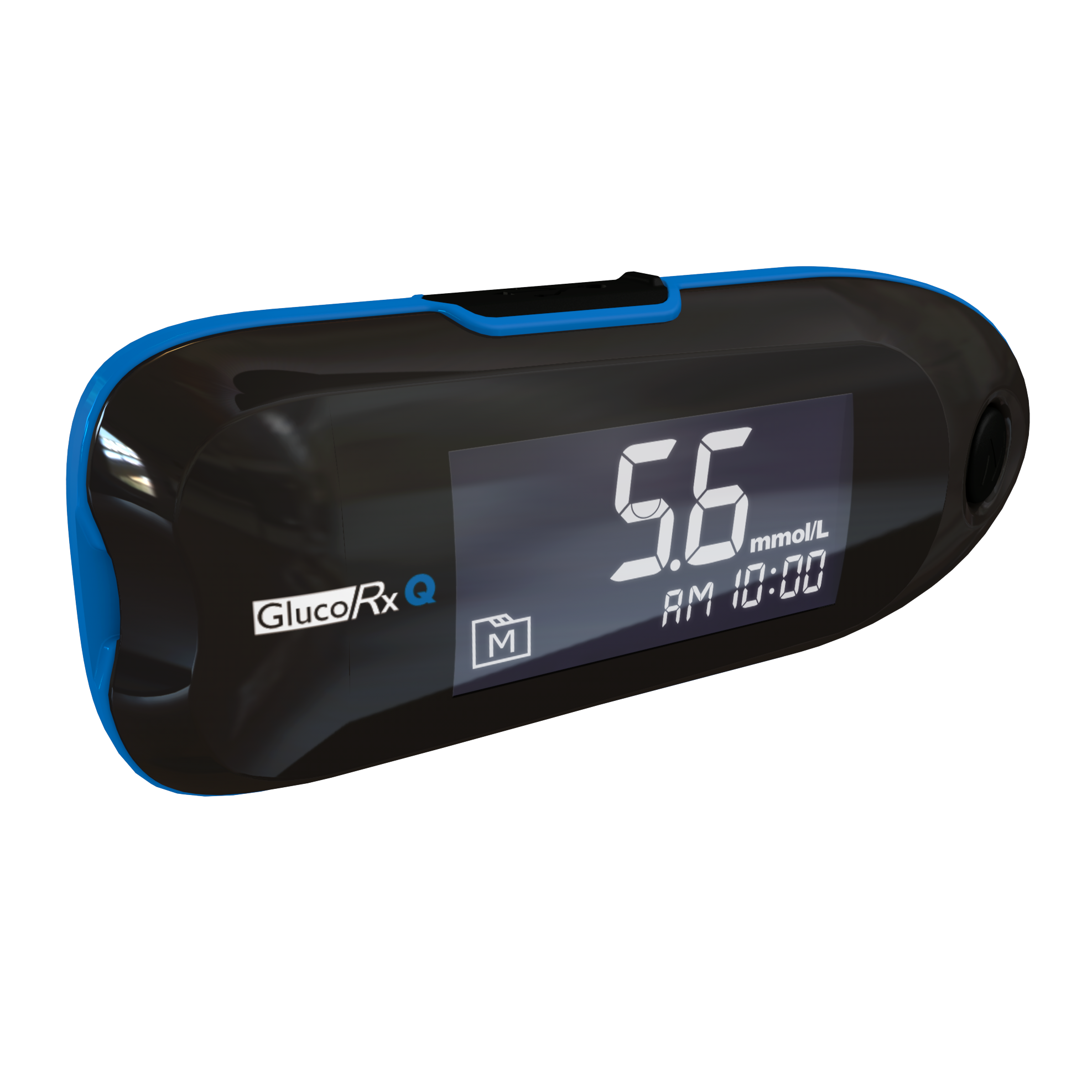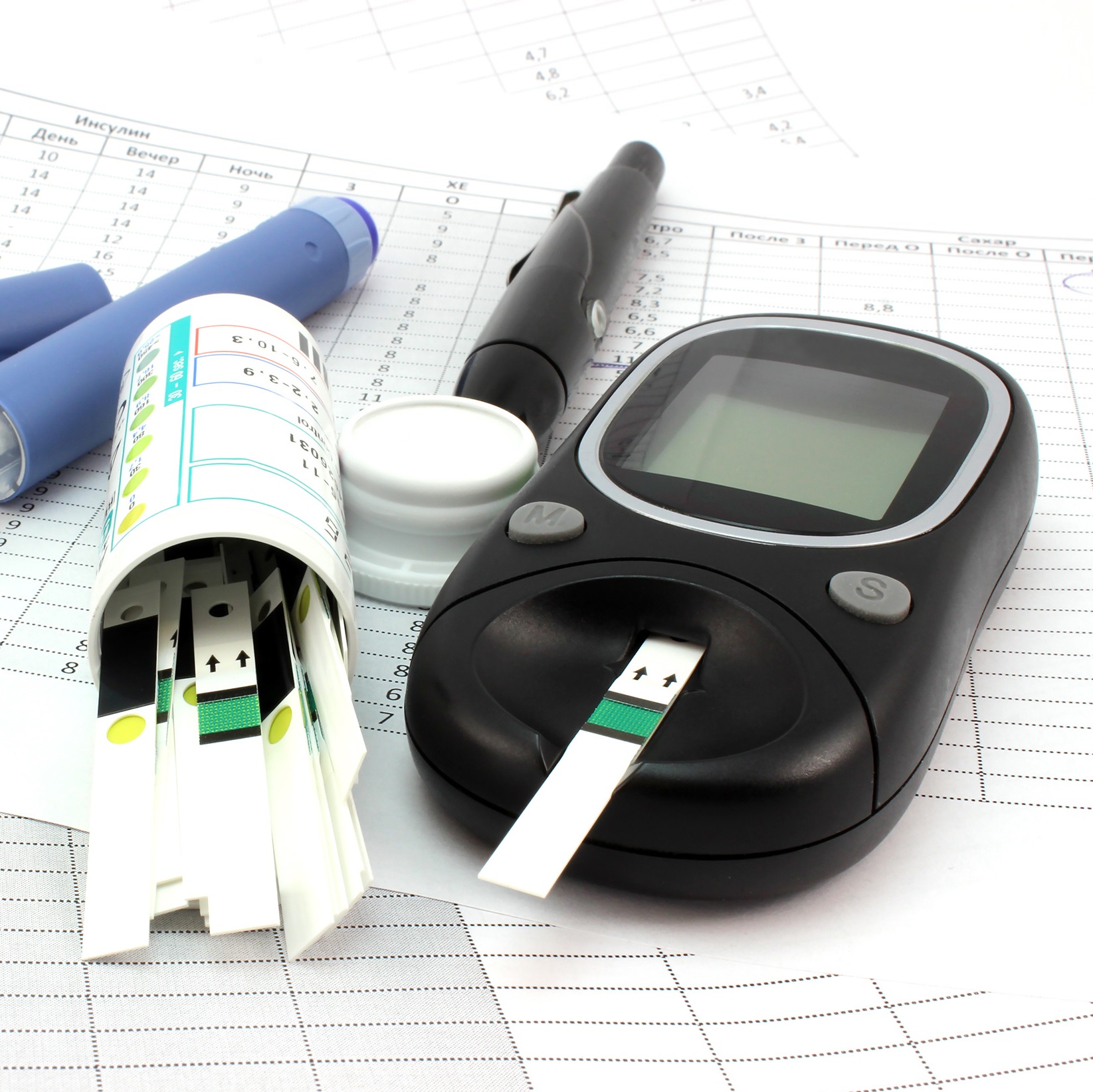Over time, one adapts, and all of these changes become a way of life, we get used to doing things the better way. Sadly we live in a world of huge commercialism.12. Recovering and managing diabetes or high blood pressure, has to be a priority, demanding an investment in time, effort, courage, money, discipline. No one else will do this for you. The doctors will do their best, typically give advice, and drugs, but the hard grind is up to us, and no one else. We determine how far we will improve by our own actions.
13. Water - so far it still is not clear how much water one should drink. 6 to 8 cups on the NHS means nothing, Cos cup sizes are not constant. This should have been expressed in a known quantity - so for a body based on science to omit this specificity, I deduce they also do not know. Based on everything I have studied that has been specific, I think 2 litres a day is the minumum for a man of my size, and I am willing to go to 2.5 litres per day if I am exercising a lot and sweating on any day. That is already a huge jump from sometimes no more than 1 litre a day, of all fluids including water, a poor habit I now realise that I had sustained for maybe decades. And good to spread the drinking over the day, in equal amounts. e.g every hour a bit. I have a hunch that water is a key factor, that is largely ignored in most of the advice given.
Like most changes, I think this should also be gradual, if one is increasing water intake, so the body adapts easily.
14. I now use iodized salt, albeit in very small quantities. 1/4 of a teaspoon per day. And the use of salt in cooking in the home is far better controlled. I realised that my wife who has been responsible for much of my meals in the past never measured how much salt she was adding to her cooking, and had done this for the approx. 30 years of our marriage. That's a whole lot of salt, that could be solely responsible for much of my high blood pressure. I now try to do as much of the cooking as possible, to more tightly control my salt intake. Avoiding ALL processed food with any salt added, goes a long way to managing salt intake. Low salt intake is supposed to lower blood pressure.
TBC
I did not eat ice cream every week when I was a teenager, so why must I have an ice cream every month, as an adult? All the confectionaries, biscuits, cakes, if these were occasional treats, like once a month, the impact would be negligible. But we now have all these things in huge quantities, everywhere, pastries, pies, ice creams, yoghurts, pizzas. I do not recall having a single pizza until I was 25 or older, so pizza is not needed in my diet. Yes I have cut out ALL bread, and that was a major change. Bread has too much salt, and questionable fats, and sugar as well as processed flour which turns into glucose, and the caloric density is high. So easy for me to eat 6 slices of bread at a sitting, cos bread does NOT fill me up. So bread is gone, for life.
When I think of it, our carbohydrate choices are pretty limited - Bread, Potatoes, Flour based products (and this includes pasta), Rice, and maybe Grains are another category of carbs. There really is very little variety in carbs. 4 main carbs that the entire western world eats. And only one of them has any real taste - potatoes. The others are made tasty by adding salt, fats, or sugars. The nutrient content of most carbs, in my estimation, is pretty low. So why are we eating them, especially on a regular basis? Much better, to fill up on vegetables, and a bit of fruit, which are far more nutrient dense, than carbs, and lower daily caloric intake.
The lack of variety in the major carbs, should also give us a clue. How come we are so limited in the choice of carbs?, in comparison to vegetables, fruits, and proteins. I think variety has to be a positive thing, for a more balanced diet, to give opportunity for a more complete set of nutrients. Our carb choices, severely limit that variety. Mashed, cooked, fried, whatever - it is still a potato - same thing.
Besides the glucose issue, a carb dominant diet, leaves us with reduced variety in macro nutrients, and micronutrients. Now that is a thought.




